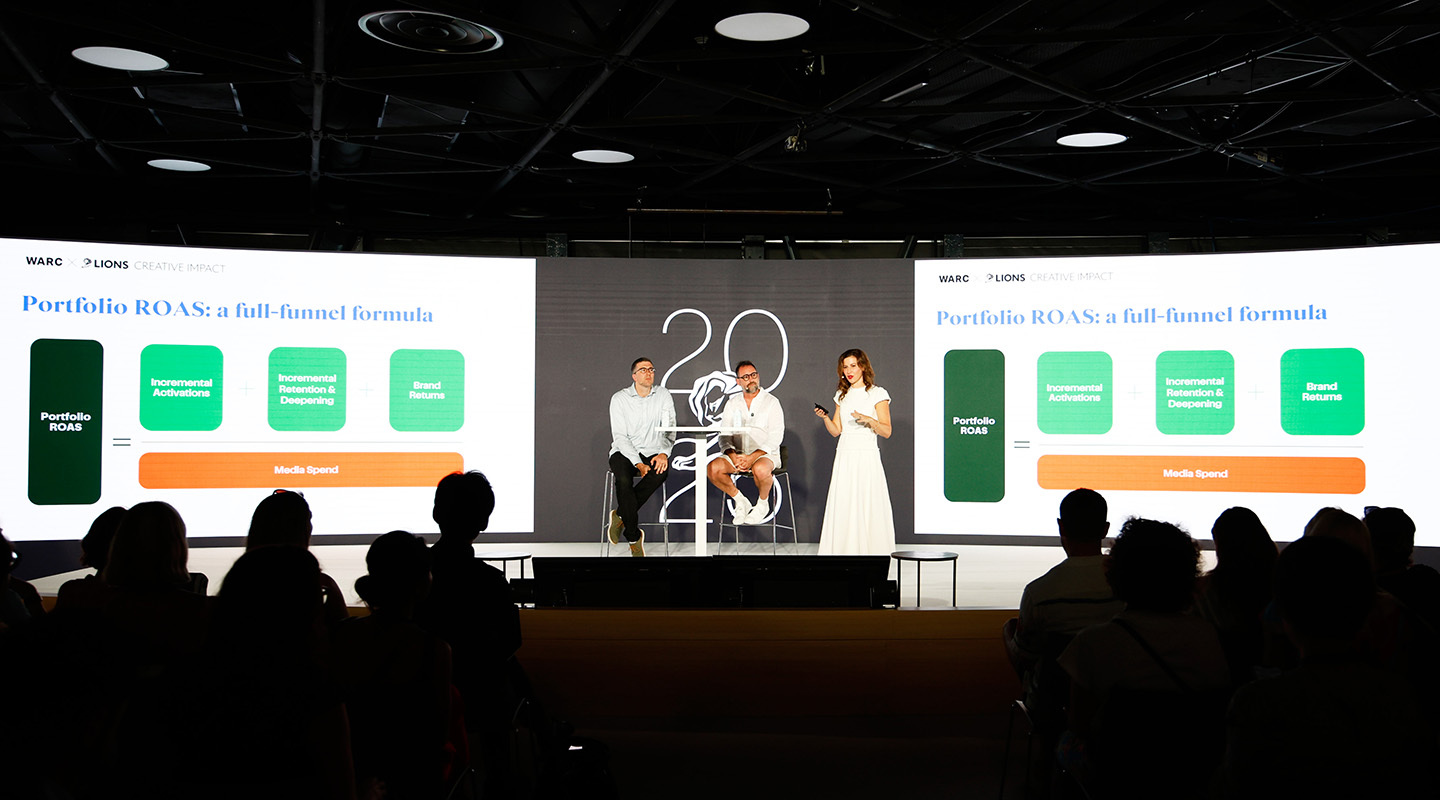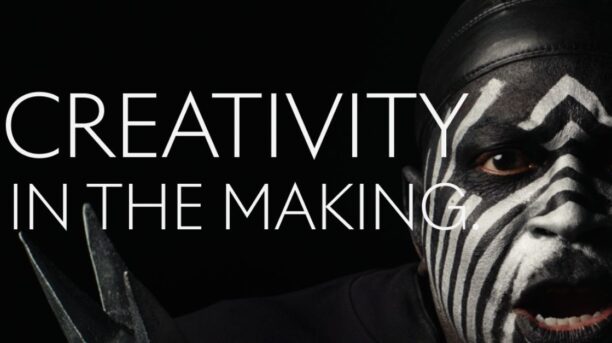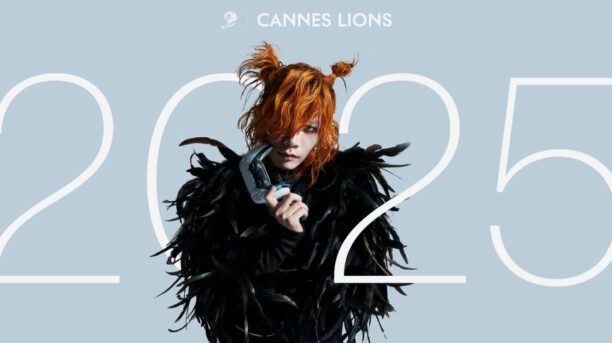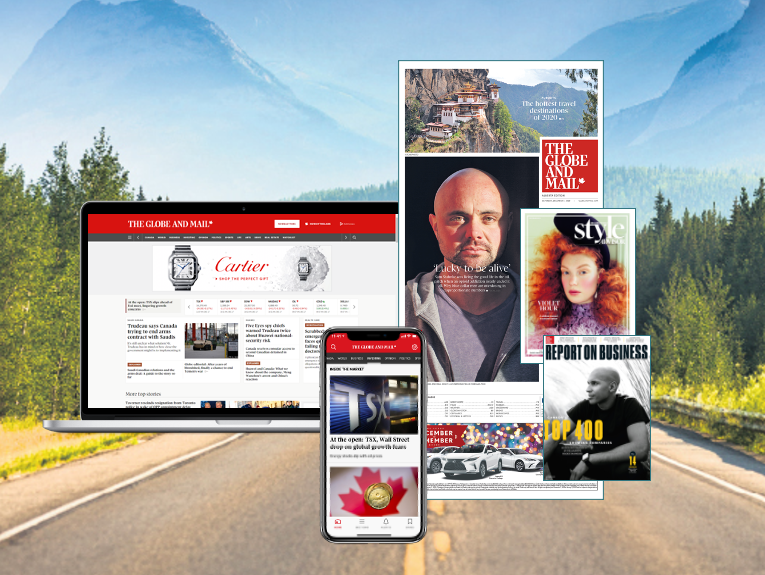Increasing Growth by Integrating Brand and Performance Marketing
In today’s marketing world, there’s a distinct and recurring tension between marketing’s two main disciplines: brand marketing and performance marketing. For many C-level executives, brand marketing is seen as an optional luxury, while performance marketing is viewed as an integral sales and growth tool.
However, the session, How to Give Your Brand the X Factor, argued that integrating brand and performance marketing is the key to creating long-term growth. David Tiltman, Chief Content Officer at Warc, James Hurman, Founding Partner of Previously Unavailable, and Laura Jones, CMO of Instacart, broke down WARC’s early 2025 report called “The Multiplier Effect”.
This 100-page report posited that the brands that grow the fastest – and convert the most – are the ones that integrate brand and performance marketing into a cohesive, full-funnel strategy. It’s not brand + performance. It’s brand “X” performance.
This sounds great in theory, but what’s stopping marketers from putting it into practice? They outlined the four most common blockers to creating “X” factor advertising – and how you can solve them.
Blocker 1: “My CFO Only Understands ROAS”
One of the main blockers to leveraging brand marketing is a fixation on short-term metrics. Although short-term metrics offer a sense of predictability, they don’t ensure long-term growth.
Hurman explained that while performance marketing captures current demand, brand marketing generates future demand, expanding the audience so that performance efforts have a larger pool of potential customers to convert.
Laura Jones then demonstrated how she put this into practice at Instacart. When she arrived at Instacart, their marketing was solely lower funnel – no brand strategy, budget, or team. In order to change this, she moved towards a full-funnel marketing strategy. Shifting their focus from specific channel-level ROAS, to a full-funnel portfolio-level ROAS.

WARC | How to Give Your Brand the X Factor
By changing the terms of growth tracking, she was able to convince the rest of the C-suite that leveraging both brand and performance was the best way to increase short- and long-term sales.
Key Takeaways:
- A fixation with short-term performance metrics can stunt growth
- Brand growth drives performance growth
- Changing the language of growth tracking is key in getting C-level executives on board
Blocker 2: “We Can’t Afford Two Ad Campaigns”
There’s a common misconception that brand and performance require two separate creative strategies, two budgets, and double the work. But that’s far from the truth.
The most effective marketers build one creative platform that can be stretched across upper- and lower-funnel assets. This means creating ideas that are big enough and rich enough to give the entire marketing team room to create a wide range of executions and assets – from emotionally resonant TV commercials to conversion-driven display ads.
Jones shows how she put this into effect at Instacart. Early in Instacart’s journey, they created a full brand refresh and launched “The World Is Your Cart” with Lizzo. However, with most of their budget still focused on performance assets, the campaign struggled to gain impressions because it didn’t have lower-funnel support.
This led to the release of their first Super Bowl commercial, “We’re Here,” which established a creative platform that stretched from TV spots to social media and digital ads. They found that when they supported emotive storytelling with lower funnel assets, it moved the needle for top-line growth.
Key Takeaways:
- Moving from brand campaigns to creative platforms allows for cohesive, full-funnel approaches
- Combining brand and performance budgets creates more holistic strategies
- Utilizing performance assets drives the effectiveness of higher-funnel creative campaigns
Blocker 3: “My Teams Don’t Talk to Each Other”
One of the biggest blockers to creating full-funnel creative campaigns is the siloed nature of brand and performance teams.
While Jones’ team began focusing on full-funnel strategies, they still found that there was a natural tension between the brand and marketing teams. They found that the Super Bowl campaign was an amazing rallying point that aligned the entire team’s objectives.
In order to capture this effect for the rest of the year, they started creating their own opportunities to unite the team along a common goal. They called this “creating your own weather”.
This was showcased in their recent campaign, “Summer Like It’s 1999”. This breakout advertising platform included a TV spot along with a performance-driven discount which offered cherished 90’s products at real prices from the 90’s.
Key Takeaways:
- The siloed nature of brand and performance teams can limit full-funnel strategies
- Creating marketing initiatives will help unite the entire team

David Tiltman, Chief Content Officer, WARC | SVP Content, LIONS Intelligence LIONS
Blocker 4: “My CEO Thinks Brand is Irrelevant”
The final blocker to “X” factor advertising is that many CEOs see brand building as an obsolete tool of the 20th century.
This view is famously held by influencers like Scott Galloway, who claim that “if your product’s good enough, you don’t need brand”. However, Hurman refuted this by showing that the companies with the highest growth all have one thing in common: they spend billions on advertising.
Even Jeff Bezos, who once famously claimed that “advertising is the price you pay for having an unremarkable product,” now has the largest advertising budget in the world, spending over $20 billion annually.
Laura Jones put it bluntly – product-led growth may get you started, but brand-led preference is what sustains you. If you don’t make people care, they won’t come looking for you when they’re ready to buy.
Key Takeaways:
- Brand building is a necessary tool to increase performance growth
- The most profitable companies spend the most on advertising
The Final Takeaways:
- Reframing growth language from channel-level performance to portfolio-level performance is the key to bringing the C-suite on board
- Building full-funnel creative platforms will drive more growth without increasing the budget
- Creating full-funnel creative opportunities helps rally the team around a single goal
- Framing brand-building as a performance multiplier will help secure executive buy-in
IG: @GlobeMediaGroup
X: @CannesLionsCAN
Hashtag: #CannesLions2025
LinkedIn: www.linkedin.com/company/globemediagroup





